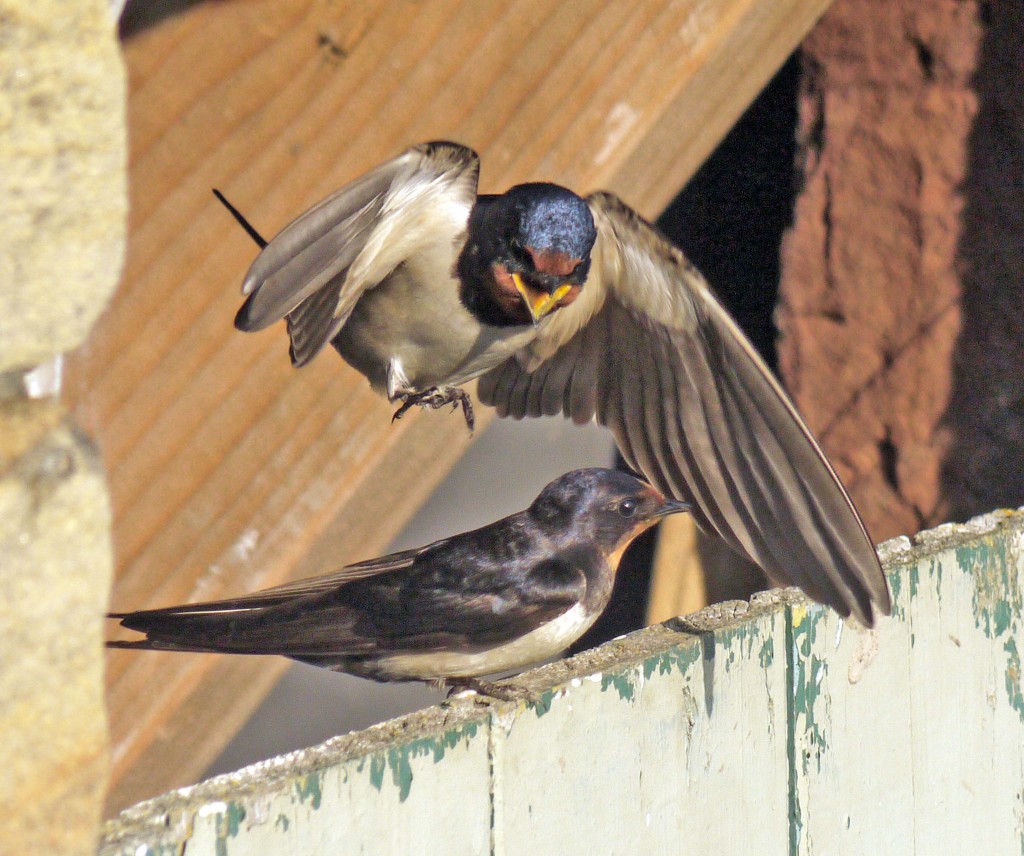Epic, humbling animal journeys are the greatest wildlife spectacle in the north east, says Phil Gates
Standing on the pier at Tynemouth one breezy afternoon, I could hear them before I could see them: honking contact calls of a V-shape skein of pink-footed geese, crossing the Tyne and probably on their way to Spitsbergen, Greenland or Iceland.
A passer-by on the pier saw me staring at the sky and looked up too. We watched until the flock had passed, then exchanged a smile and went our separate ways, although I suspect that we both shared the same sense of elation. It’s an emotion that our forebears, all the way back to the first colonisers of the north east after the glaciers retreated, must have experienced.
Before clocks, when the arc of the sun across the sky and the celestial orbits of the moon and the planets were the only measure of time, this spectacle would have been a portent of change, of the prospect of spring or, if the geese were returning, of the onset of winter. Annual wildlife migrations were reliable, fixed points in the calendar, marking the time to prepare for the turning of the seasons. Animal migrations are momentous, awe-inspiring natural events. Stand on the shores of Budle Bay in Northumberland on an October evening as wave after wave of geese glide in to land on their feeding grounds, after a 500-mile migration, and the shiver down your spine won’t just be due to the chill of evening.
[…]
Read the full version in The Northern Correspondent #4

